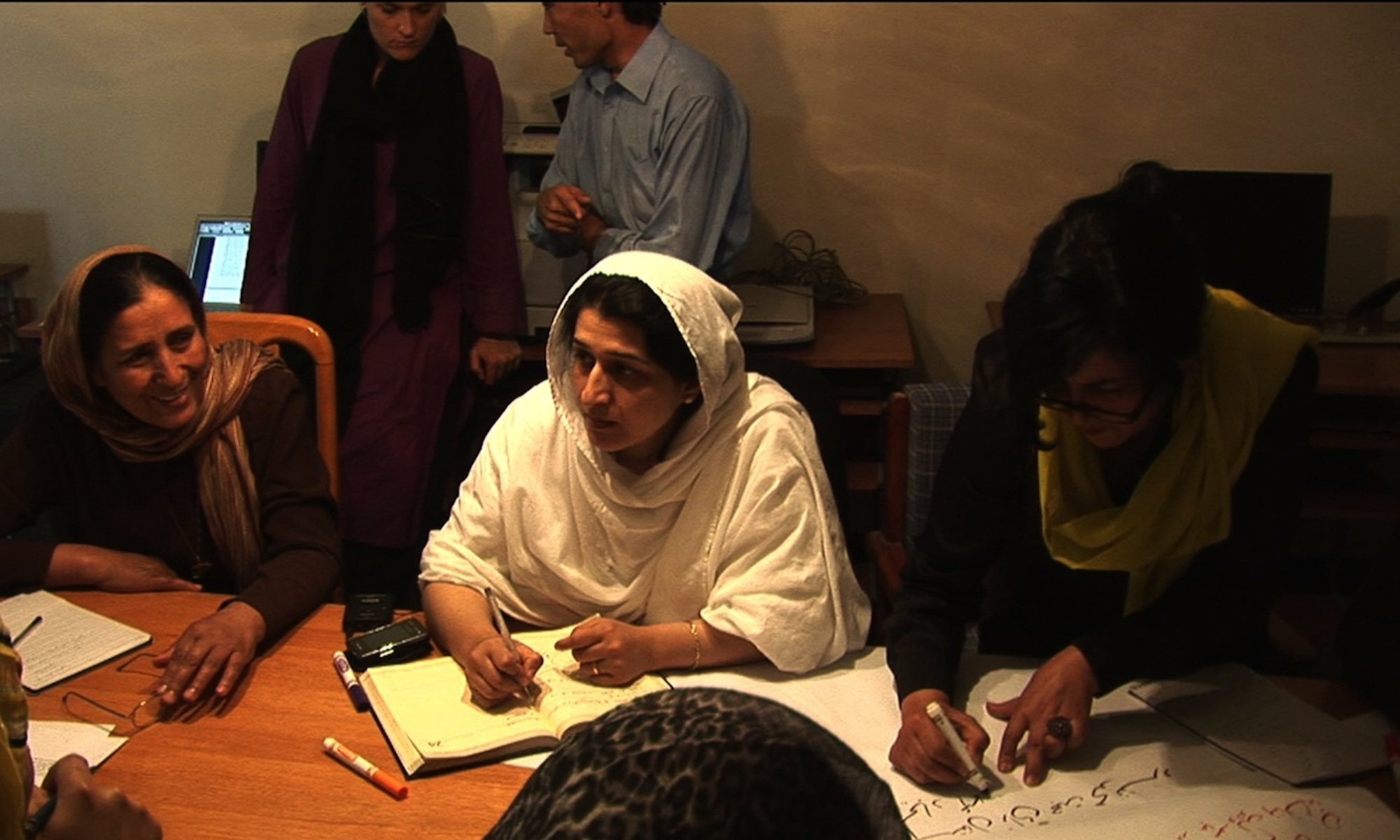The Demand for Reparations: Grievance, Risk, and the Pursuit of Justice in Civil War Settlement
In analyzing peace processes in postconflict societies, scholars have primarily focused on the impact of prosecutions, truth-telling efforts, and reconciliation strategies, while overlooking the importance of individual demands for reparations. The authors argue that normative explanations of why reparations are granted in the aftermath of regime change are useful in understanding a need for reconciliation, but inadequate for explaining victim demands for compensation. The authors extend this research to study civil war settlement. In the aftermath of civil war, when some form of reparation is offered giving individuals the opportunity to seek redress of grievances, what types of loss and political and socioeconomic characteristics are likely to lead some individuals to apply for reparations but not others? Using primary data, collected through a public opinion survey in Nepal, the authors investigate individual-level demand for reparations. The findings suggest that understanding loss and risk factors may be important to civil war settlement and reconciliation.
The Plight of the Forgotten Ones: Civil War and Forced Migration
All Conflict is Local: Modeling Sub-National Variation in Civil Conflict Risk
Most quantitative assessments of civil conflict draw on annual country-level data to determine a baseline hazard of conflict onset. The first problem with such analyses is that they ignore factors associated with the precipitation of violence, such as elections and natural disasters and other trigger mechanisms. Given that baseline hazards are relatively static, most of the temporal variation in risk is associated with such precipitating factors. The second problem with most quantitative analyses of conflict is that they assume that civil conflicts are distributed uniformly throughout the country. This is rarely the case; most intrastate armed conflicts take place in the periphery of the country, well away from the capital and often along international borders. Analysts fail to disaggregate temporally as well as spatially. While other contributions to this issue focus on the temporal aspect of conflict, this article addresses the second issue: the spatial resolution of analysis. To adequately assess the baseline risk of armed conflict, this article develops a unified prediction model that combines a quantitative assessment of conflict risk at the country level with country-specific sub-national analyses at first-order administrative regions. Geo-referenced data on aspects of social, economic, and political exclusion, as well as endemic poverty and physical geography, are featured as the principal local indicators of latent conflict. Using Asia as a test case, this article demonstrates the unique contribution of applying a localized approach to conflict prediction that explicitly captures sub-national variation in civil conflict risk.
Seeking State Power: The Communist Party of Nepal (Maoist)
This report follows the history of the CPN (M) since its beginning in 1995, focusing on key turning points and analysing how the organisation constantly tried to adapt its strategy and tactics in relation to political developments inside and outside Nepal. For that purpose, exclusive interviews were carried out with Maoist leaders, most frequently with Dr. Baburam Bhattarai, who is one of the main policy makers of the CPN (M) and has been a key figure in successive peace negotiations with the state.
Aiding Peace? The Role of NGOs in Armed Conflict
As non-governmental organizations play a growing role in the international response to armed conflict – tasked with mitigating the effects of war and helping to end the violence – there is an acute need for information on the impact they are actually having. Addressing this need, Aiding Peace? explores just how NGOs interact with conflict and peace dynamics, and with what results.
Fixing Failed States: A Framework for Rebuilding a Fractured World
The international community has struggled without much success to remedy the problem of failed states. Meanwhile, 40 or 50 countries around the world — from Sudan and Somalia to Kosovo and East Timor — remain in a crisis of governance. In this impressive book, Ghani, a former Afghan finance minister, and Lockhart, who has worked at the World Bank and the United Nations, assess the missteps and offer a new framework for coordinated action. They argue that international responses have failed because they have been piecemeal and have proceeded with little understanding of what states need to do in the modern world system to connect citizens to global flows. They advocate a “citizen-based approach.” State-building strategies would be organized around a “double compact”: between country leaders and the international community, on the one hand, and country leaders and citizens, on the other. The book also proposes methods for the generation of comparative data on state capacity — a “sovereignty index” — to be annually reported to the UN and the World Bank. Ultimately, this study offers a surprisingly optimistic vision. The fact that so many disadvantaged countries have made dramatic economic and political transitions over the last decade suggests that developmental pathways do exist — if only the lessons and practical knowledge of local circumstances can be matched to coordinated and sustained international efforts. The authors provide a practical framework for achieving these ends, supporting their case with first-hand examples of struggling territories such as Afghanistan, Sudan, Kosovo and Nepal as well as the world’s success stories–Singapore, Ireland, and even the American South.
